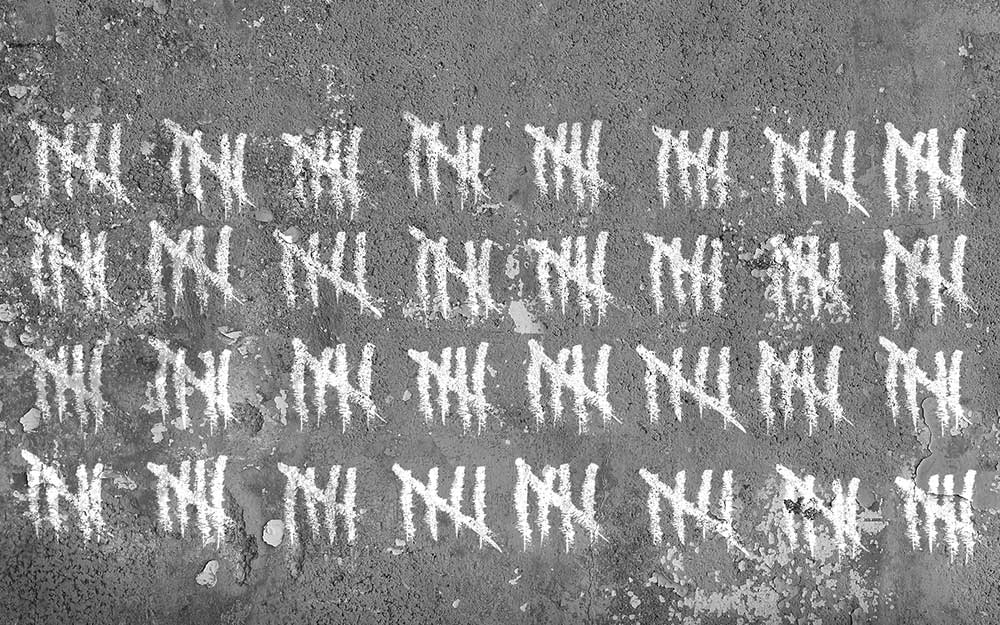What is obsessive-compulsive disorder (OCD)?
OCD is characterized by obsessions and compulsions. Obsessions are unwanted, intrusive thoughts, images or urges that generate high levels of anxiety. Common obsessional thoughts include the fear of contamination and doubting whether you did something or did something correctly. Compulsions are repetitive behavioral or mental acts that are designed to reduce the anxiety caused by the obsessional thought, neutralize the obsessional thought or to somehow prevent a bad event from happening. Common compulsions include washing, cleaning, and checking.
OCD symptoms
Common OCD symptoms include:
- Unwanted, anxiety-producing thoughts, images, or urges. Examples include fear of contamination, repeated doubt, need for exactness, unwanted thoughts of harming others, or personally unacceptable religious or sexual thoughts.
- Feeling driven to perform certain acts such as washing hands or other body parts, checking and re-checking something such as door locks or light switches, or repeatedly ordering and arranging items.
- Feeling compelled to think certain thoughts or phrases silently. Examples include counting, repeating a prayer or other words over and over, or rereading your work many times
- Seeking reassurance from family, friends, or co-workers regarding worries including what has been done or not done.
What causes OCD and who’s at risk?
The exact cause of OCD is not known, but research suggests that differences in the brain and genes of those affected may play a role in the development of the disorder.
How common is OCD?
An estimated 3.5 million Americans are affected by OCD, which is considered one of the top 10 leading causes of disability, including medical and psychiatric conditions.
- OCD can appear at any age, whether in preschool or adulthood, but does generally surface between the ages of 8 and 12 or between the late teen years and early adulthood.
- OCD equally affects men, women, and children of all races, ethnicities, and backgrounds.
It takes an average of 14 to 17 years from the time OCD first appears for people to seek and receive appropriate treatment.
OCD treatment
OCD can be treated in inpatient care, residential care, and specialized outpatient treatment, such as partial hospitalization (PHP) and intensive outpatient treatment (IOP) programs. The types of therapy used in OCD treatment include:
Rogers uses an evidence-based treatment model for all patients with methods that have been proven to provide relief for a patient’s symptoms.
Related disorders
Other disorders that are considered related to OCD include:
- Body dysmorphic disorder: Feeling there is something wrong with your physical appearance like the shape or size of your nose, ears, hands, or other body parts when others do not
- Hoarding disorder: Saving things that others would throw away and having a hard time discarding them
- Trichotillomania: Pulling your hair out from your head or other body area
We want to help
Contact us to request a free confidential screening and learn more.
Call 800-767-4411


